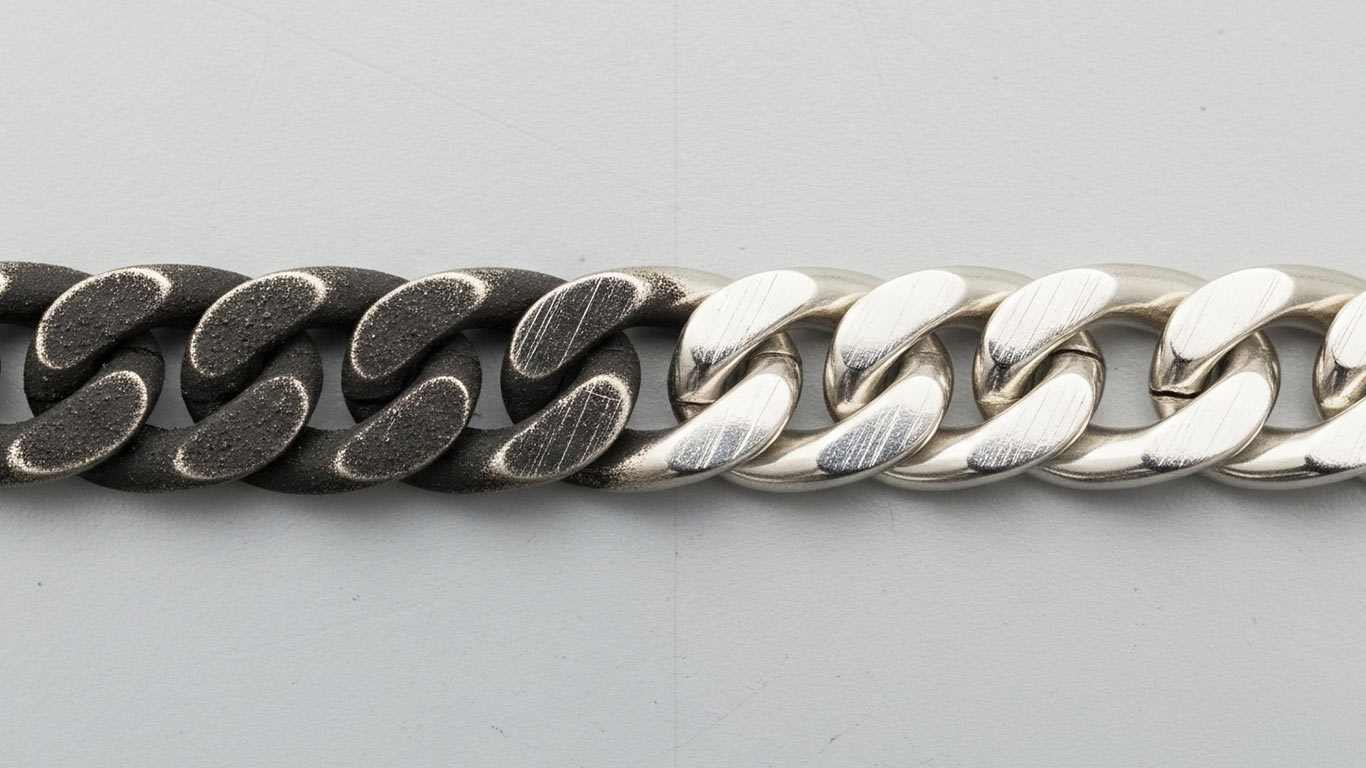
FDA
FDA 21 CFR 1040.10 - Laser Product Performance Standards



When laser cleaning palladium, begin with lower power settings to address its high reflectivity, which reflects most of the laser energy back. This helps remove surface contaminants effectively while safeguarding the metal's integrity for uses in jewelry or electronics, without causing thermal distortion.
I've seen the contaminated surface of palladium up close at high magnification, and it looks rough with scattered dark spots clinging everywhere. Layers of grime build up unevenly, making the whole thing dull and patchy under the lens. Those contaminants stick tight, hiding the metal's true shine beneath a messy coat.
After the laser treatment, the surface turns smooth and even, revealing a bright, uniform gleam. No more spots or buildup mar the view; everything clears out neatly. The cleaned palladium now

FDA 21 CFR 1040.10 - Laser Product Performance Standards

ANSI Z136.1 - Safe Use of Lasers

IEC 60825 - Safety of Laser Products

OSHA 29 CFR 1926.95 - Personal Protective Equipment